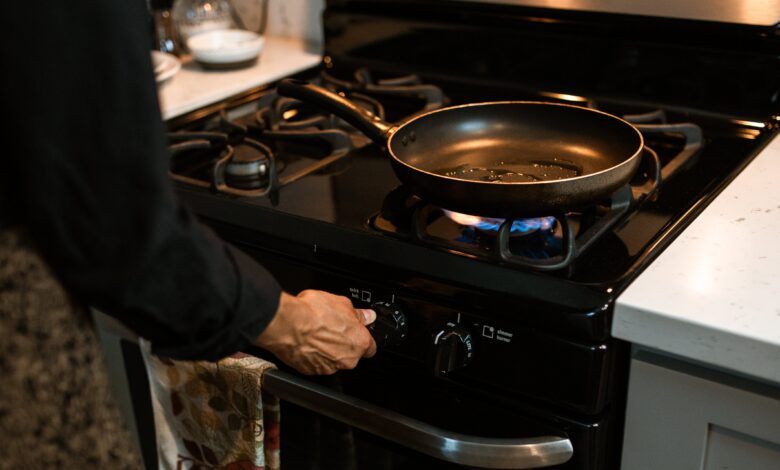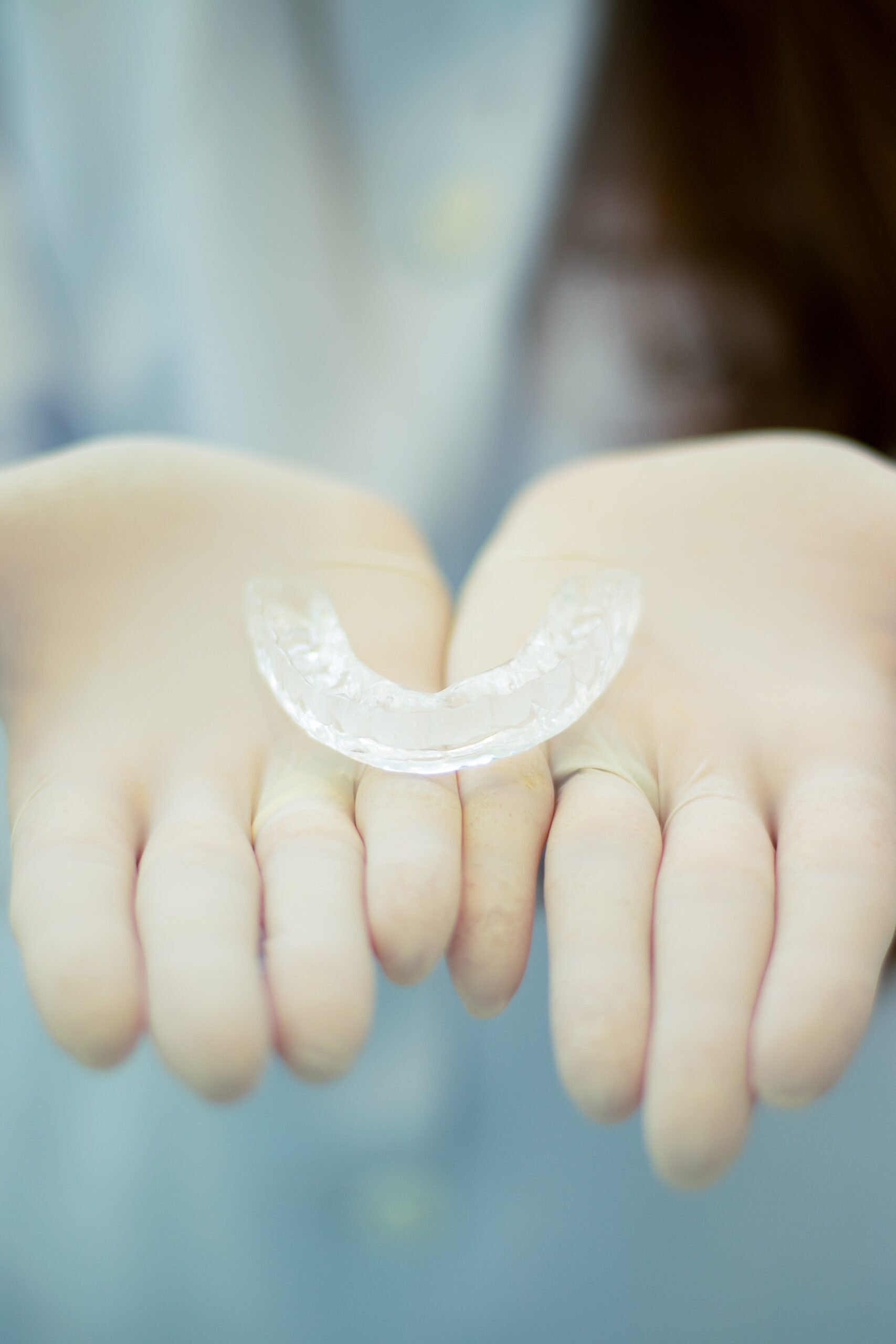
How to Clean a Gas Oven?
Cleaning a gas oven is an important task to keep it in good working condition and prevent the buildup of grease and food residue that can cause unpleasant odors or even fires. Here’s a step-by-step guide on how to clean a gas oven:
Note: Before you start cleaning, make sure the oven is completely cool and disconnected from the power source, either by unplugging it or turning off the gas supply.
Materials you’ll need:
- Oven cleaner or a homemade cleaning solution (baking soda and water).
- Rubber gloves
- Cleaning rags or paper towels
- Plastic or silicone spatula
- Scrubbing brush or a toothbrush
- A bucket of warm, soapy water
- Oven racks (if applicable)
Step 1: Remove the racks (if applicable)
If your oven has removable racks, take them out and set them aside for separate cleaning. You can soak them in warm, soapy water to help remove grease and grime.
Step 2: Scrape loose debris
Use a plastic or silicone spatula to scrape off any loose food particles, carbon deposits, or spills from the oven’s interior. Be gentle to avoid scratching the oven’s surfaces.
Step 3: Apply oven cleaner or homemade solution
You can use a commercial oven cleaner or make your own by mixing a paste of baking soda and water. If you choose to use a commercial cleaner, follow the manufacturer’s instructions. If you’re using the baking soda paste, spread it over the oven’s interior, avoiding the heating elements.
Step 4: Let it sit
Allow the cleaner or baking soda paste to sit for at least 30 minutes or as directed on the product label. This gives it time to break down the grease and grime.
Step 5: Scrub the interior
Using a scrubbing brush or an old toothbrush, gently scrub the oven’s interior, paying special attention to the areas with stubborn stains or built-up grease. Be thorough but avoid using abrasive scrubbers that could damage the oven’s surfaces.
Step 6: Wipe down the interior
Use damp cleaning rags or paper towels to wipe away the cleaner or baking soda residue, along with the dissolved grease and grime. Rinse the cloth or paper towels frequently and continue until the interior is clean.
Step 7: Clean the oven racks
If you removed the oven racks, scrub them separately with a brush or sponge and rinse them thoroughly with warm, soapy water. Dry them before placing them back into the oven.
Step 8: Final wipe-down
After the oven interior is clean, give it one final wipe-down with a clean, damp cloth to remove any remaining cleaner residue.
Step 9: Reassemble and turn on the oven
Once you’re sure the oven is completely clean and all residues are removed, reassemble the oven racks (if you removed them). Reconnect the power or gas supply, and turn on the oven to a low temperature for a few minutes to help evaporate any remaining moisture and odors.
Remember to always follow the manufacturer’s recommendations and safety guidelines for your specific oven model when cleaning it. Regular cleaning and maintenance can help extend the life of your gas oven and ensure it continues to work efficiently.
FAQ
Certainly! Here are some frequently asked questions (FAQ) related to cleaning a gas oven:
1. How often should I clean my gas oven?
- The frequency of cleaning your gas oven depends on how often you use it. For light use, cleaning it every 3-6 months may suffice, while heavy use may require more frequent cleaning.
2. Can I use a self-cleaning feature on my gas oven?
- Many modern gas ovens come with a self-cleaning feature. It’s a convenient option, but it can produce smoke and odors, so it’s best to use it when you can ventilate your kitchen well. Always follow the manufacturer’s instructions for your specific oven model.
3. Is it safe to clean a gas oven myself?
- Yes, it’s safe to clean a gas oven if you follow proper safety precautions. Ensure the oven is cool and disconnected from the power source, and use appropriate cleaning materials and techniques to avoid damage.
4. Can I use a regular oven cleaner in a gas oven?
- Yes, you can use a commercial oven cleaner in a gas oven. Follow the manufacturer’s instructions on the product label. Alternatively, you can make a paste with baking soda and water for a more natural cleaning solution.
5. What should I do if my gas oven has a strong, unpleasant odor after cleaning?
- After cleaning, turn on the oven to a low temperature for a few minutes to help evaporate any remaining moisture and odors. Proper ventilation is essential. If the odor persists, consult your oven’s user manual or a professional for guidance.
6. Can I clean the oven racks in the dishwasher?
- It’s generally not recommended to clean oven racks in the dishwasher, as the high heat and chemicals in dishwasher detergents can cause discoloration and damage to the racks. It’s better to clean them by hand in warm, soapy water.
7. What can I do about stubborn stains or burnt-on residue in my gas oven?
- For stubborn stains, use a paste of baking soda and water, or a commercial oven cleaner specifically designed for tough stains. Allow it to sit on the stains for an extended period before scrubbing.
8. Can I clean the oven window or door glass the same way as the oven interior?
- It’s best to check your oven’s user manual for specific instructions on cleaning the oven door glass. Some ovens have removable or hinged doors that make cleaning easier, while others require more care to avoid damaging the glass.
9. How can I prevent future oven messes and make cleaning easier?
- Use oven-safe cookware and baking sheets to prevent spills. Place a drip pan or aluminum foil on the oven’s lower rack to catch any drips. Regularly wipe up spills as they occur to prevent them from baking onto the oven surfaces.
10. Can I use vinegar to clean my gas oven?
- While vinegar is a versatile cleaner, it’s not typically recommended for cleaning ovens due to its strong smell and potential to react with certain oven components. Stick to approved oven cleaners or baking soda paste for oven cleaning.
Always refer to your oven’s user manual for specific cleaning instructions and safety guidelines, as oven cleaning methods can vary based on the oven model and manufacturer’s recommendations.



